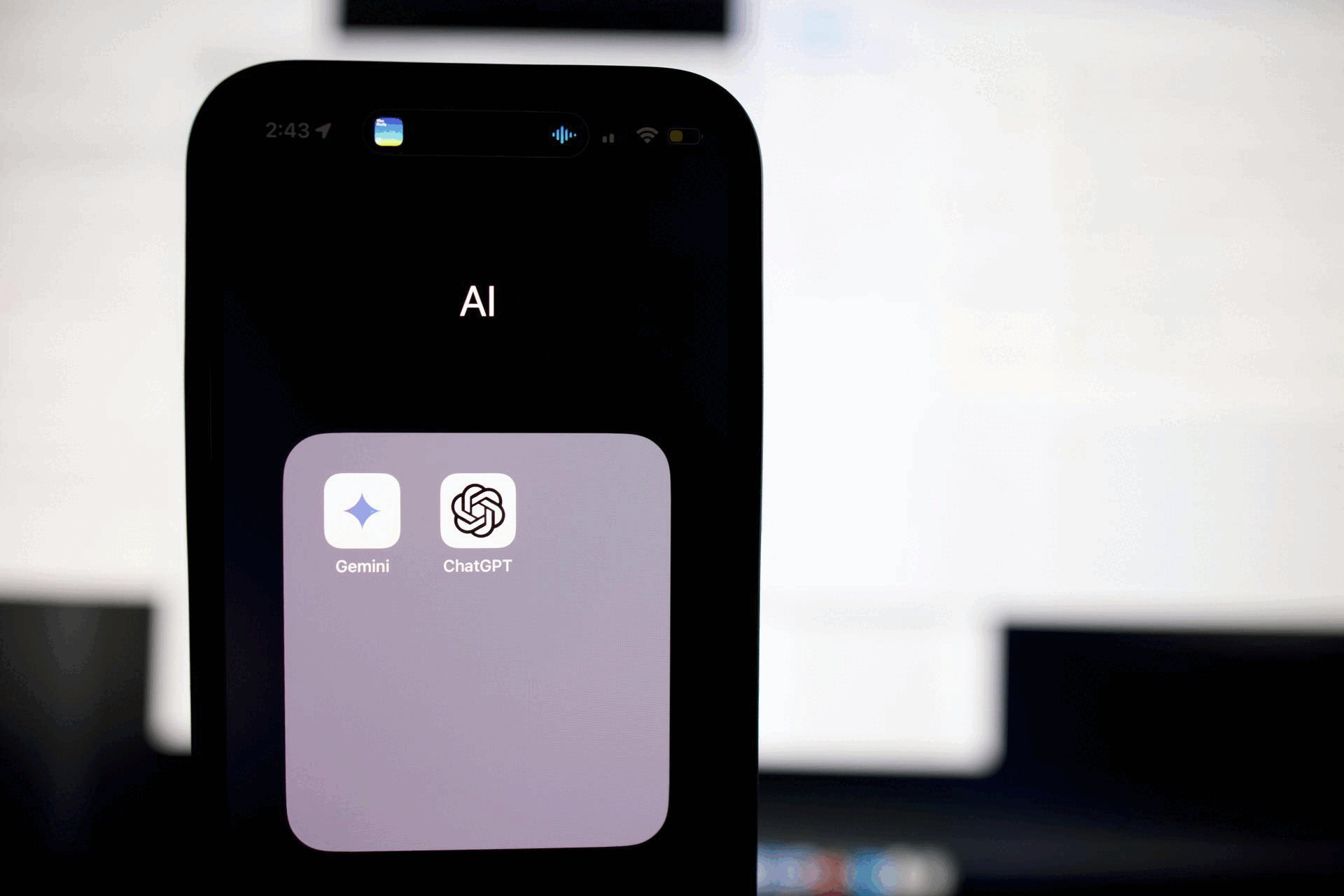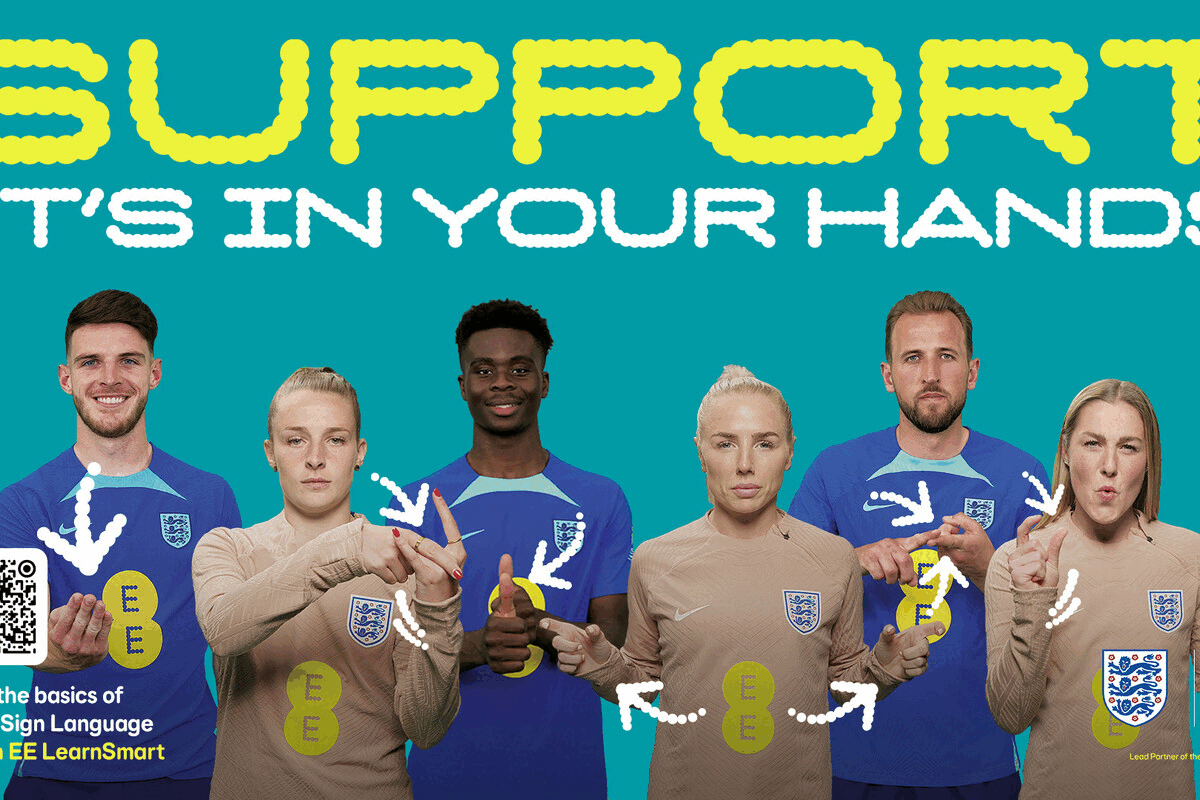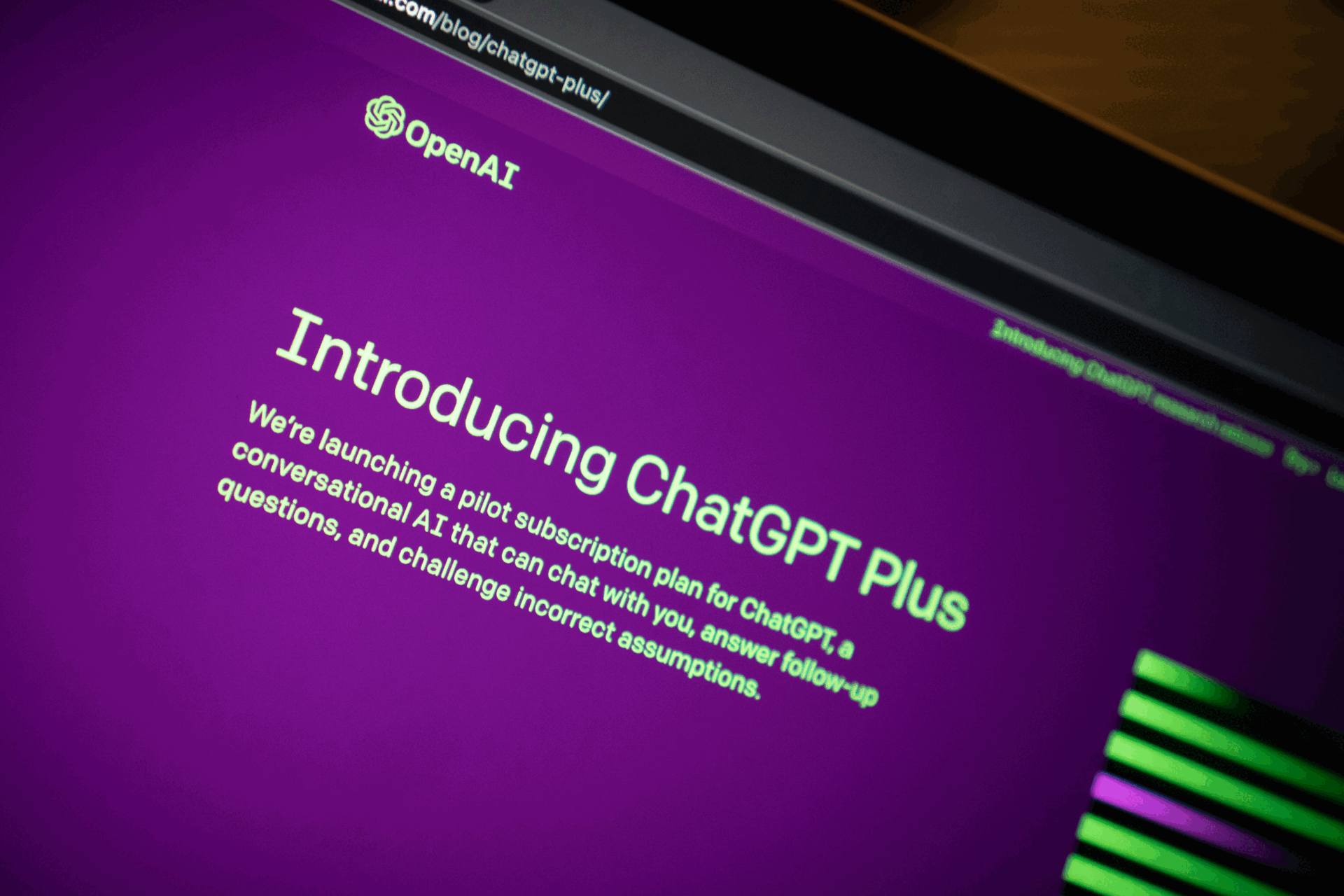 Sometimes in my job you go along to something with preconceived ideas about what you’re going to hear, and come away with something completely different. When I was working as a freelance journalist, before Mobile Marketing became a full-time passion, I would occasionally get some off-beam request to visit someone’s factory, or cover something that was a bit left-field, and nine times out of 10, if I said yes, I ended up selling a piece to the FT about what I heard, either because I didn’t know what I was expecting to hear, or because it was so different to what I was expecting.
Sometimes in my job you go along to something with preconceived ideas about what you’re going to hear, and come away with something completely different. When I was working as a freelance journalist, before Mobile Marketing became a full-time passion, I would occasionally get some off-beam request to visit someone’s factory, or cover something that was a bit left-field, and nine times out of 10, if I said yes, I ended up selling a piece to the FT about what I heard, either because I didn’t know what I was expecting to hear, or because it was so different to what I was expecting.
Yesterday was a bit like that. A briefing – well more of a brain-picking session really – with Nokia Siemens Networks (NSN), to talk about the data capacity crunch that the mobile operators are experiencing, as more of us have smartphones and more of us get into the habit of going online on our mobiles to kill a few minutes’ downtime. The company invited a bunch of (mainly) journalists, gave us some food and drink, and asked for our thoughts on what they told us.
This might seem like dull stuff, but if you’re in the mobile marketing business in any shape or form, it’s actually crucial. Smartphone users are a valuable commodity to advertisers, because they go online more, download more apps, and therefore see more ads. But if their phone’s battery dies at 4pm every day, or if they get bored with the whole mobile web thing because they can never get a signal, well you can work the rest out for yourself.
I was asked beforehand to give some thought to any questions I wanted to ask, and I had just one: is the problem down to a small percentage of users treating their mobile operator like a video-on- demand service, as some recent research had suggested, or is it a factor of more and more people using 3G dongles with their laptops, as another analyst recently argued?
This is how the discussion has been framed thus far, around what types of rich media data content are causing the data capacity crunch. The simple answer to the problem is, of course, that there is no simple answer, though when you consider that a typical YouTube video download to mobile consumes as much data as 500,000 text messages, the video thing is clearly an issue. But NSN did open my eyes today to something that I didn’t realise was even part of the problem, something which it dubbed the “signalling storm”.
It’s something that has resulted from the confluence of smartphones, smart apps, and networks which, in some cases, are not quite ready for them. So the modern smartphone has something called Fast Dormancy built into it. This puts it to sleep when it hasn’t been used for a couple of minutes, in order to preserve battery life.
Trouble is, because the average smartphone has loads of apps on it (Twitter, Weather, News etc.) that are constantly looking to update themselves, the phone polls the network around 1,000 times a day – yes, 1,000 times a day – to find out if there’s anything new it should know about. This has two effects: it clogs the network, and it kills battery life. I have a HTC Desire, so I can’t speak for the iPhone, but on the Desire, if you switch off data syncing, the positive impact on the battery life is remarkable. Try it if you don’t believe me (Menu…Settings…Accounts & Sync…Background Data [untick the box]).
Where it gets interesting – and slightly tecchie – is that some networks are better set-up to cope with this than others. In simple terms, you can think of a mobile as being fully on and downloading data, or fully idle and not, with nothing in-between. If this is how your mobile network works, the impact is that every one of those thousand times the phone polls the network, every day, it takes a couple of seconds, and uses around 30 polling messages, and a lot of battery power, in the process. And NSN has the stats and the graphs to prove it.
Some networks are a bit more sophisticated, and have a couple of stages in between the fully online and fully idle states. If you’re on one of these networks, the message count for each poll could drop to as low as four, and the time taken below 350 milliseconds, with the obvious positive effect on battery life.
There was an argument expressed in the room today, and it’s a reasonable one, that this is too much for the average consumer to get their head round – the idea that your battery life might be a factor of which network you’re on, rather than which handset you’re using – but NSN’s stats today were compelling, and if one of the operators was brave enough to spend some of the millions they spend on above-the-line advertising on a campaign that said that if you’re buying someone an iPhone this Christmas, its battery will last 25 per cent longer on our network than on the Network B, then who knows.
Whatever, I came out of today’s session realising that there is more to the data capacity crunch than kids downloading YouTube videos and businessmen playing with their dongles in hotel rooms. Remember that phrase, ‘signalling storm’ – I think we might be hearing a lot more of it.
David Murphy
Editor
















